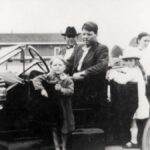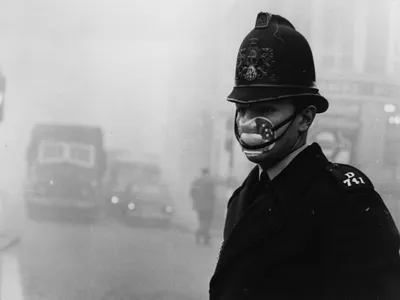
In early December 1952, Londoners prepared for another cold winter. Few could have imagined that within days, the capital would grind to a halt, wrapped in a suffocating fog that killed thousands in silence.
From December 5 to December 9, the city disappeared beneath a toxic haze—what came to be known as the Great Smog.
It wasn’t new for London to be foggy. For centuries, the city had been known for its thick, yellow air—called “pea-soupers”—caused by coal smoke mixing with natural fog. But this event went far beyond the usual. The sky darkened. The streets disappeared.
People struggled to breathe, and by the time it was over, thousands were dead and tens of thousands more left with permanent damage to their lungs.
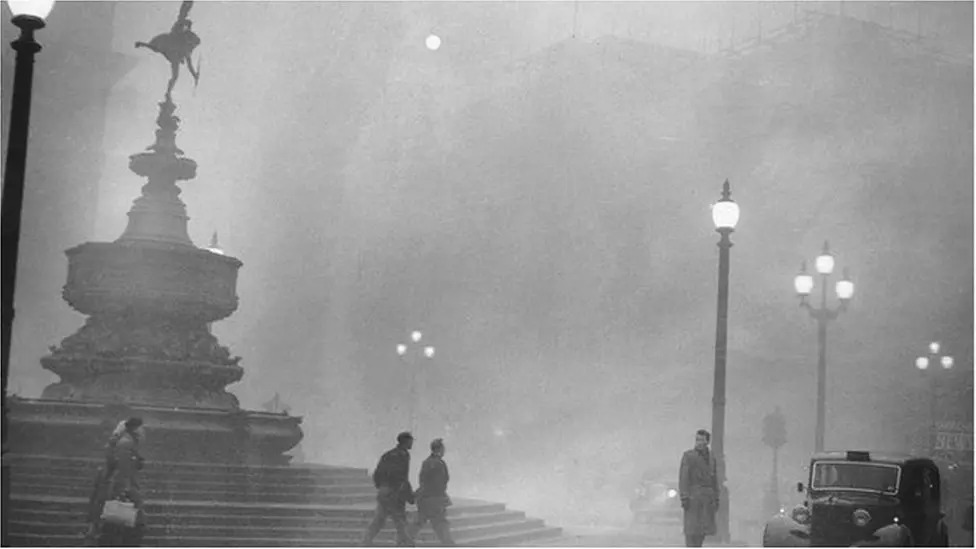
Cold, Smoke, and a Silent Trap
The setup for disaster began with an early winter cold snap. To stay warm, Londoners burned more coal than usual. But the fuel most people had access to wasn’t clean.
High-quality coal was being exported to pay off Britain’s war debts, leaving households with low-grade, sulfur-rich coal known as “nutty slack.” It burned dirty, releasing dense smoke filled with chemicals into the air.
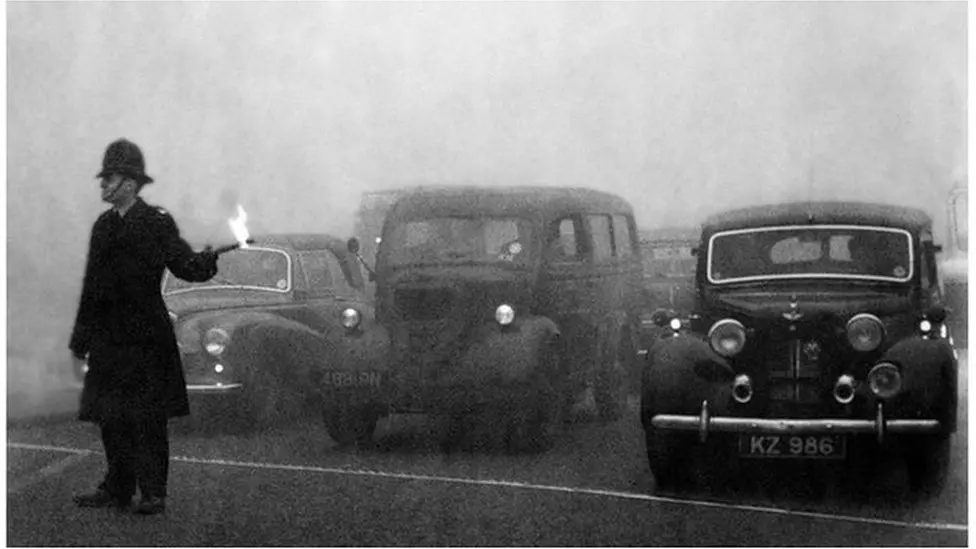
At the same time, weather conditions created a perfect trap. A high-pressure system settled over London on December 4, bringing with it an anticyclone—stable air with no wind.
Cold air was pinned to the surface by a warmer layer above it. Normally, pollution rises and disperses. Here, it stayed locked near the ground.
As smoke from homes, power stations, buses, and factories accumulated, it combined with fog to form a thick, soupy smog that spread across the city. What had started as a typical winter morning soon turned into something much more dangerous.
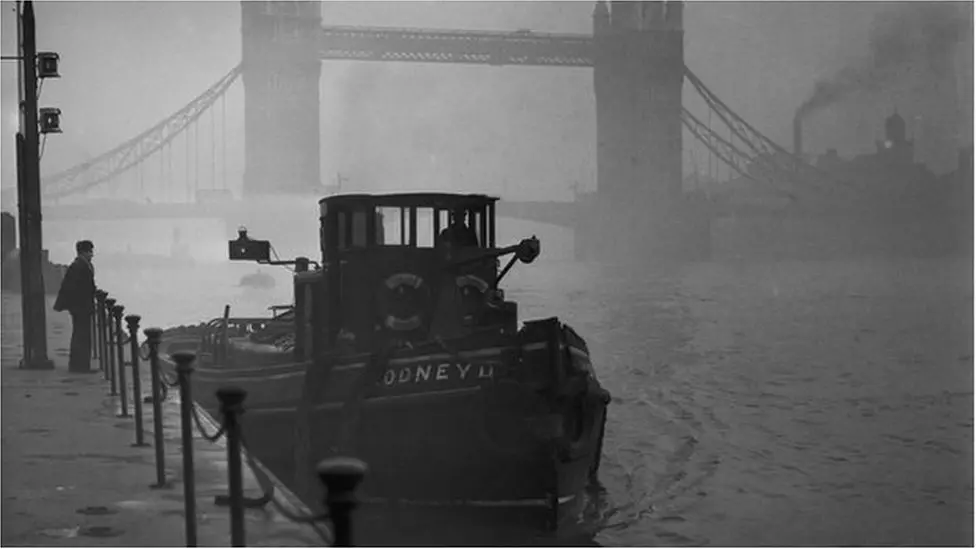
A City Swallowed Whole
By December 5, the smog covered London like a blanket. Visibility dropped to a few meters. In some areas, people couldn’t see their own feet.
Traffic came to a standstill. Public transport above ground stopped operating. Ambulances were grounded. Only the Underground kept moving.
The smog seeped into homes, hospitals, schools, and theaters. Performances were canceled—not because audiences couldn’t get there, but because they couldn’t see the stage from their seats.
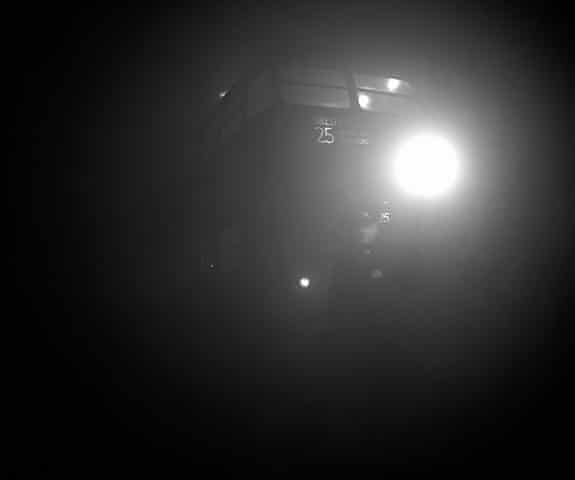
People wore scarves over their faces or bought smog masks at pharmacies. Even those indoors found their lungs irritated and their eyes watering.
There was no warning. No official guidance. No emergency declared. Many went about their days assuming it would clear. But it didn’t.
Breathing Became a Threat
Over the next few days, hospitals began reporting a surge in patients struggling to breathe. People with asthma, bronchitis, or heart disease were especially vulnerable, but even the healthy felt the effects.
Some collapsed in the street. Others died in their beds. In the poorest areas, where heating was least efficient and homes were worst insulated, death rates were even higher.

Within a week, the death toll began to mount. Initial government estimates counted 4,000 deaths linked to the smog, along with 100,000 more cases of illness. Later studies, however, found that the real number of deaths was far higher—likely between 10,000 and 12,000.
Many of those who died did so quietly, without media coverage or official acknowledgement.
The smog didn’t just kill in the moment. Its effects stretched for months. Death rates stayed high well into March 1953. A government report suggested the spike was due to influenza, but scientists soon challenged that explanation.
Atmospheric researcher E.T. Wilkins analyzed death records and found that many fatalities were due to bronchial infections, not flu. He later estimated the true excess deaths at around 12,000—triple the original count.

A Preventable Tragedy
Air pollution in London wasn’t new. Complaints about smoky skies date back as far as the 13th century. In 1661, writer John Evelyn published Fumifugium, the first known book to criticize London’s air, describing the city’s “inconveniencie of the aer and smoak.” Over the years, nothing much changed.
By the mid-20th century, pollution levels had reached a peak. Coal-fired power stations surrounded the city, including major ones at Battersea, Fulham, and Bankside.
These plants, combined with thousands of home chimneys, created a constant haze. Cars and buses added exhaust fumes to the mix—especially diesel-powered ones, which had replaced the city’s cleaner electric trams.
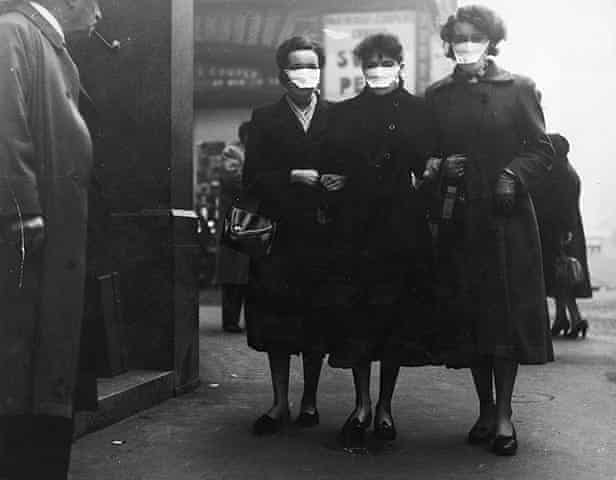
Even supposed fixes made things worse. At Battersea Power Station, a system meant to clean smoke cooled the exhaust gases so much that they no longer rose into the air but instead settled closer to the ground—making the local air quality worse, not better.
The government knew about the pollution. The science was clear. Yet little was done to regulate coal use or emissions. Most people assumed the smog was simply part of urban life, even as evidence mounted about its impact on health.
No Panic, Just Casualties
Despite how severe the smog was, there was little public panic. Londoners were used to poor visibility. Life didn’t stop completely. People still walked to work or the shops, feeling for curbs with their feet and navigating by touch. But the horror was slow and relentless.
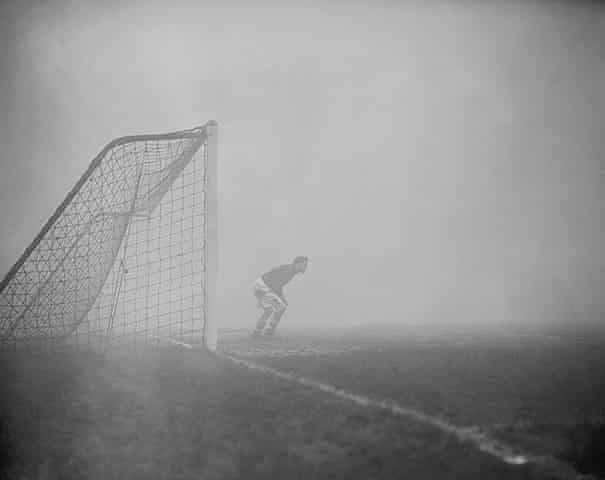
In hospitals, patients filled wards and corridors. Doctors struggled to treat people with failing lungs. Deaths occurred so quietly and in such large numbers that some funeral homes ran out of coffins.
In some areas, the stillness of the smog was only broken by coughing. At Smithfield Market, livestock collapsed. Horses were spooked by the dark. Children stayed home from school. There was a sense of waiting—but no one knew when it would end.
On December 9, the weather finally shifted. Wind picked up, and the smog lifted almost as quickly as it had formed. London was visible again. But the death toll would continue to rise long after the air cleared.

Change Comes Slowly
It took time for the government to admit the scale of the disaster. The original death count—4,000—was treated as final for years. It was only through the work of independent scientists and public health experts that the true toll came to light.
Parliament eventually launched discussions about reform. In 1956, four years after the smog, the government passed the Clean Air Act. The law introduced new rules on domestic fuel use and encouraged the shift to smokeless fuels like coke and gas. It also set up smoke control zones where burning coal was banned.
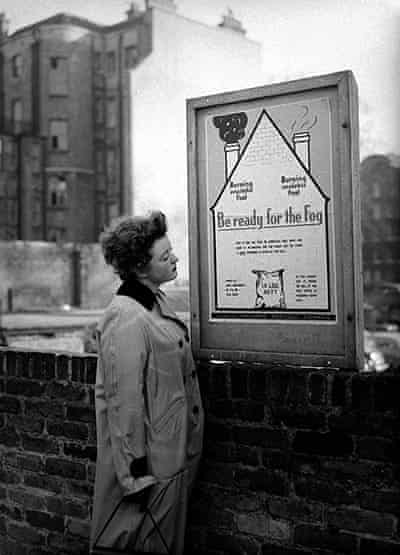
Households received subsidies to replace open fireplaces. Over time, power stations were relocated or upgraded. Slowly, the air improved. But change was slow, and it wasn’t enough to prevent a second smog event in December 1962.
A Story Still Relevant
The Great Smog of London is now seen as a turning point in the history of environmental awareness. It helped link air pollution with public health in a way no other event had before. It showed how modern life—energy, transport, industry—could harm people in invisible ways.
But the smog’s legacy is more than just cleaner air. It stands as a warning about political hesitation. Everything that caused the smog—dirty fuel, poor housing, ignored science—was preventable. Yet the crisis was allowed to unfold because officials didn’t act fast enough.
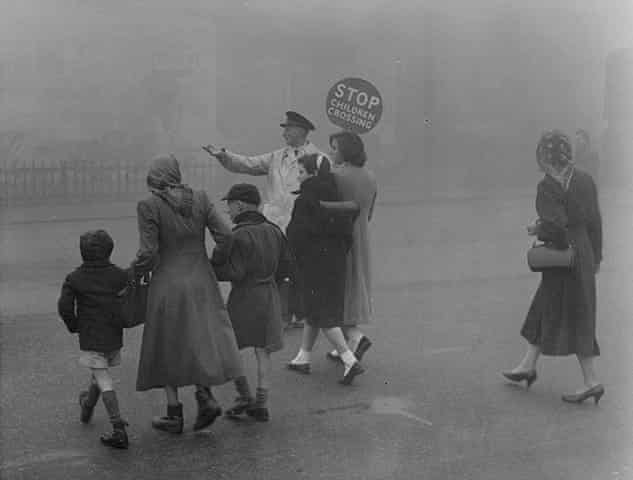
The most tragic part wasn’t the fog itself. It was the silence that followed.
Even today, millions die every year from air pollution. Cities from Delhi to Los Angeles battle smog caused by cars, power plants, and industry. The lessons of 1952 are still relevant: clean air isn’t just a matter of comfort—it’s a matter of survival.
Environmental crises don’t always come with headlines or explosions. Sometimes, they arrive quietly, in the form of coughs, breathlessness, and slow-moving fog.





